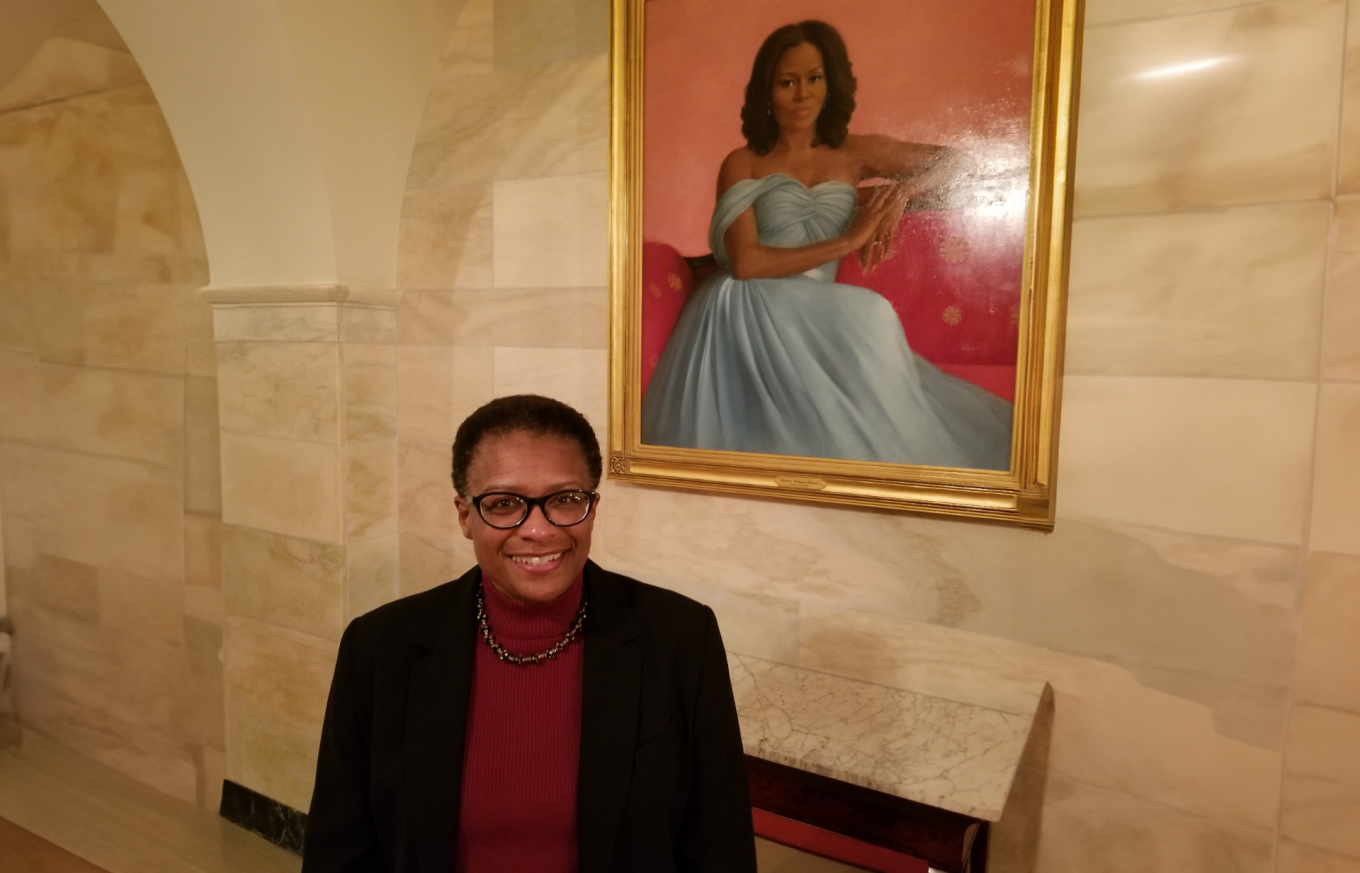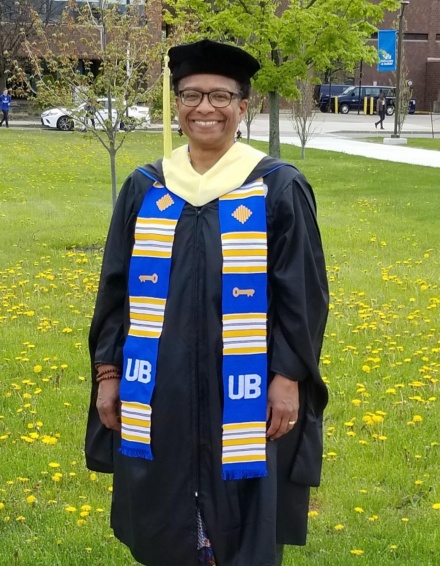
Published February 27, 2024
BY DANIELLE LEGARE
GSE alum establishes digital archive documenting violence in Jim Crow South
The Burnham-Nobles Digital Archive, a database documenting racially motivated violence targeting African Americans in the Jim Crow South, was recently established thanks in part to University at Buffalo Graduate School of Education alumna Gina Nortonsmith’s expertise, guidance and leadership.
The Northeastern University School of Law’s Civil Rights and Restorative Justice (CRRJ) Project—where Nortonsmith, MS ’19, is the project archivist—launched the database on Oct. 28, 2022.
Named after Professor Margaret Burnham of Northeastern’s School of Law and MIT Chancellor Melissa Nobles, the archive contains thousands of records of people, incidents and documents, allowing users to find more information and better understand the anti-Black killings in the mid-twentieth-century South.
Alongside the project team of students, staff, scholars and attorneys, Nortonsmith brought this data into a digital format, and developed a web application with open-source architecture to make it available to the public. The project fills gaps in knowledge about this time period by addressing the relationship between racial violence and official silence or misinformation. In addition, it serves as a resource for researchers, journalists, teachers, students and family members of the victims whose stories are told in the archive.
“It is really powerful to have all of the documents—that in some cases were deliberately hidden and in other cases were just forgotten about—in one place, so people can know the stories of what happened and who was involved,” Nortonsmith said.
With her background in history, political science, higher education, information science, and law, Nortonsmith was well-suited to take on this project. She believes her graduate coursework in GSE’s information and library science master’s program has served her particularly well.
“One of the things that I appreciated about my experience at the University at Buffalo was the realization that becoming a librarian or an archivist isn’t just about organizing information—it is so much more,” she said. “All of those experiences I had before and all of those types of learning I did before were useful in being an archivist and being able to go into a new situation and understand what’s happening, or looking at a new group records or objects, and trying to make sense of it. All of that previous experience in trying to digest different types of information was really important; having that skill was really important.”

Nortonsmith also notes that the support she received from faculty in the program—like Heidi Julien, PhD, professor of information science; Ying Sun, PhD, associate professor of information science; and Amy VanScoy, PhD, associate professor of information science—has played a critical role in her professional endeavors. “As a student in an online program, what really helped me was the number of professors who wrote recommendations for scholarships to conferences. The networking that I was able to do at conferences, because of the scholarships, actually helped me land this job,” she said.
She recalls that Heidi Julien was one of the faculty members who helped her secure conference funding: “She championed me for various things. It’s always nice to feel like somebody’s giving you a boost or believes in you. I really appreciated that.”
Julien was glad to give her that boost. “I am really delighted to see the success that Gina is achieving. It's not at all surprising, considering the level of her engagement and hard work in the master's program,” said Julien. “She served as a student representative on our Advisory Board and sought out every opportunity to learn and to network. Gina's important work now is an excellent model of what we hope and expect our students to achieve following graduation.”
The knowledge and skill Nortonsmith cultivated during her time at GSE will continue to serve her as the archive grows and evolves.
Nortonsmith reports that the database will soon include more cases, and that the project team will collaborate with similar archives and projects focused on racial violence to learn from one another.
She is proud of the progress they’ve already made on the progress on the project and the impact it will continue to have in the future.
“I hope that the events presented in the archive begin to be folded into the understanding of the 20th-century history of the United States because I don’t think you can understand what is currently happening in a place unless you understand the impact of the violence and the trauma that resulted in these events—not just to the people this happened to or their families—but to the whole community who witnessed perpetrators of targeted violence not be subject to the justice system,” she said.
Tuesday News Briefs feature the stories of the Graduate School of Education faculty, students and alumni who are engaged in their communities and making an impact through their hard work, dedication and research initiatives. If you have a story to share, please email us with the details for consideration as a future news feature.